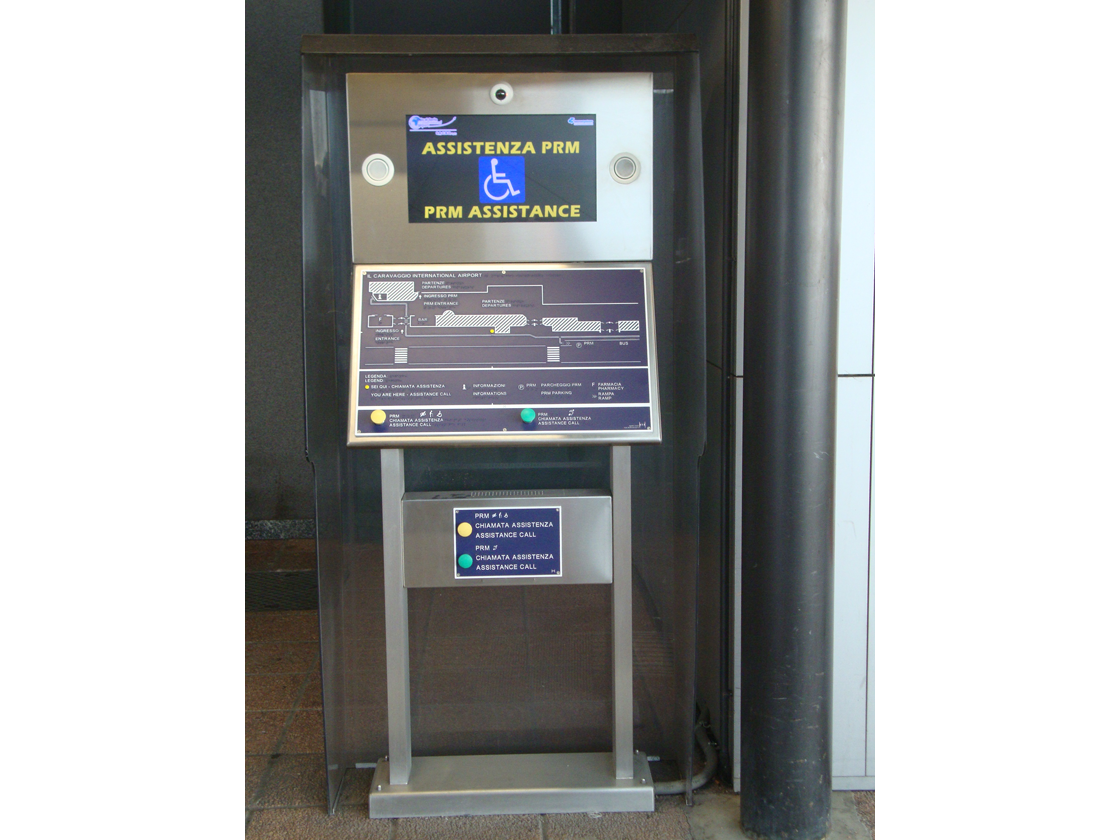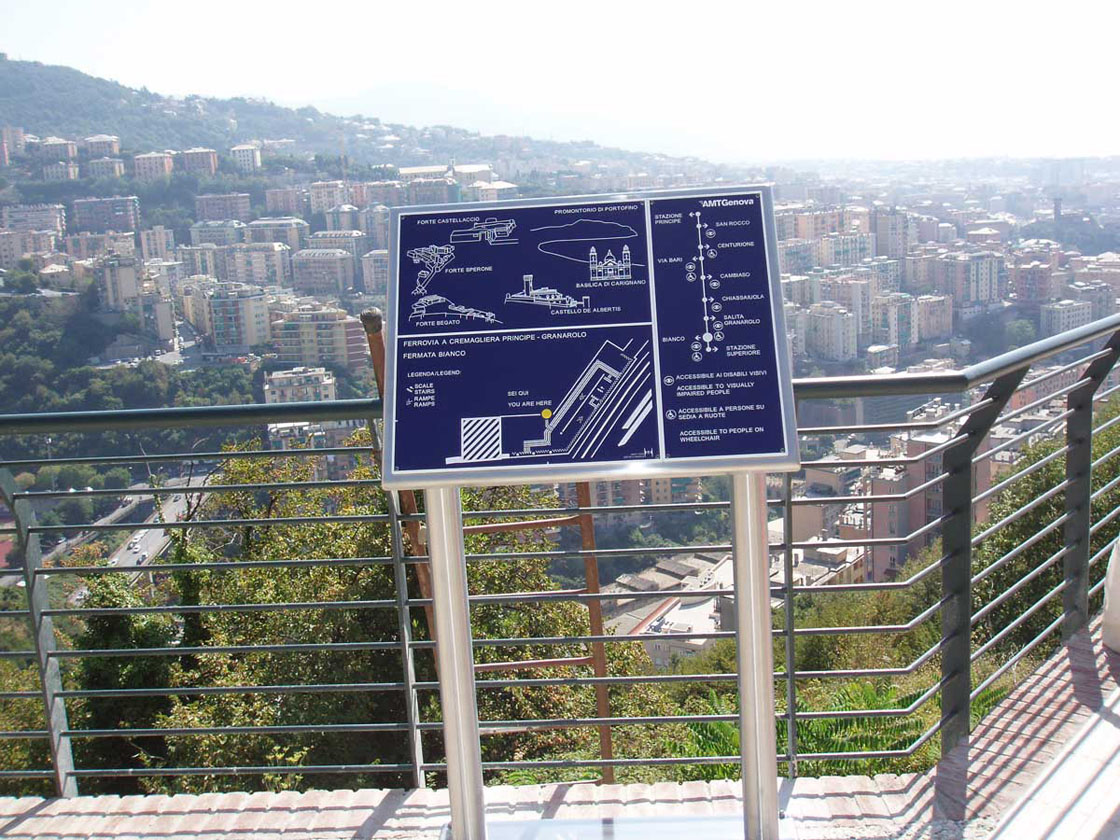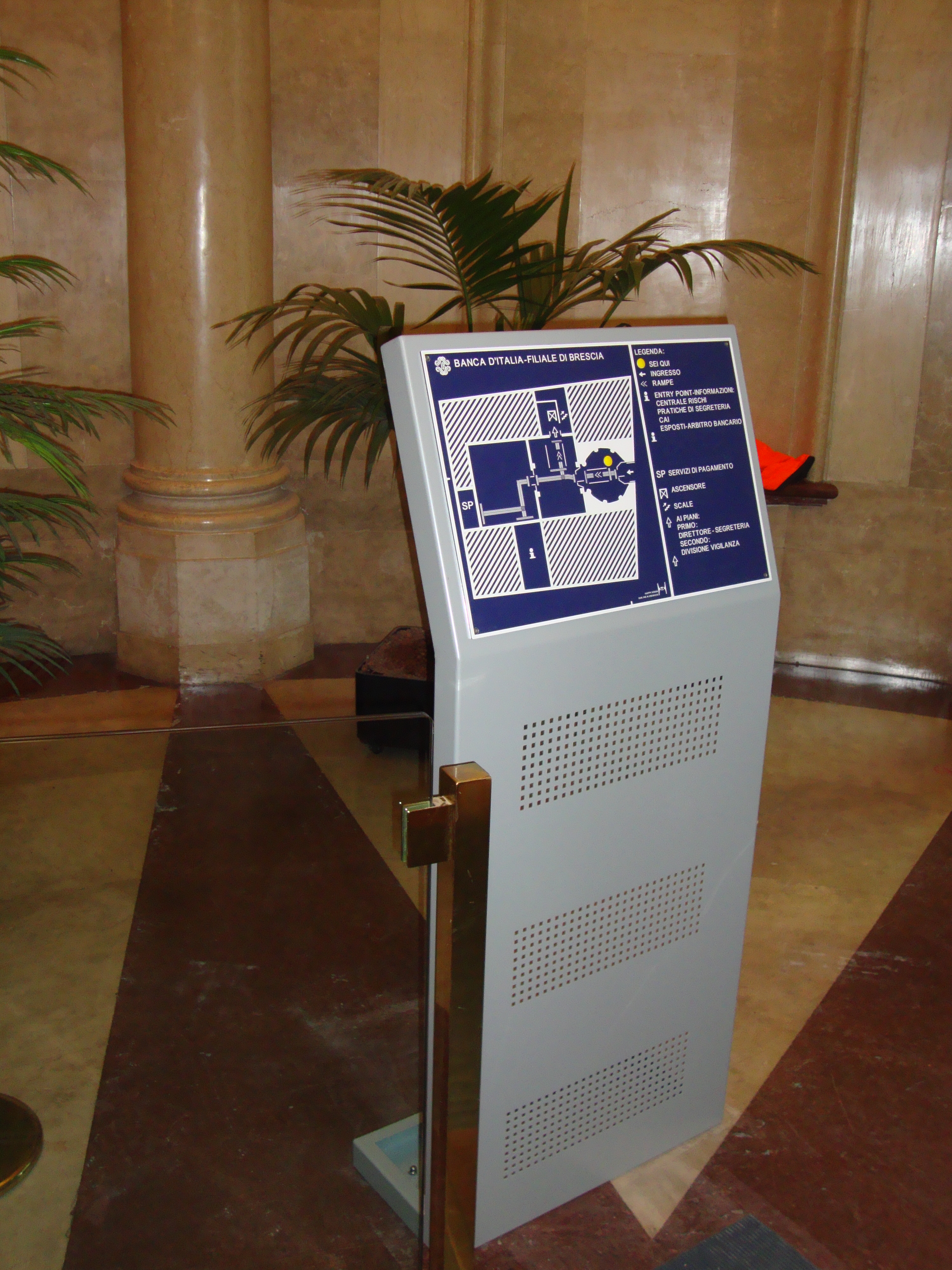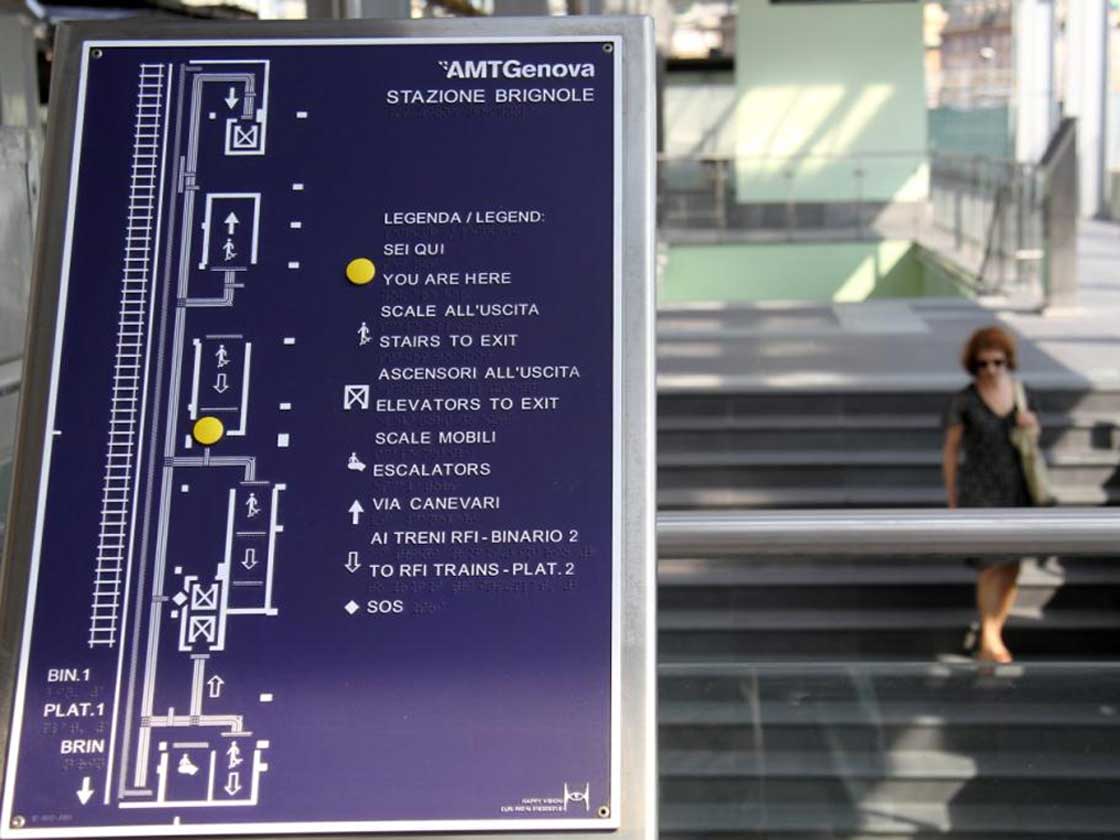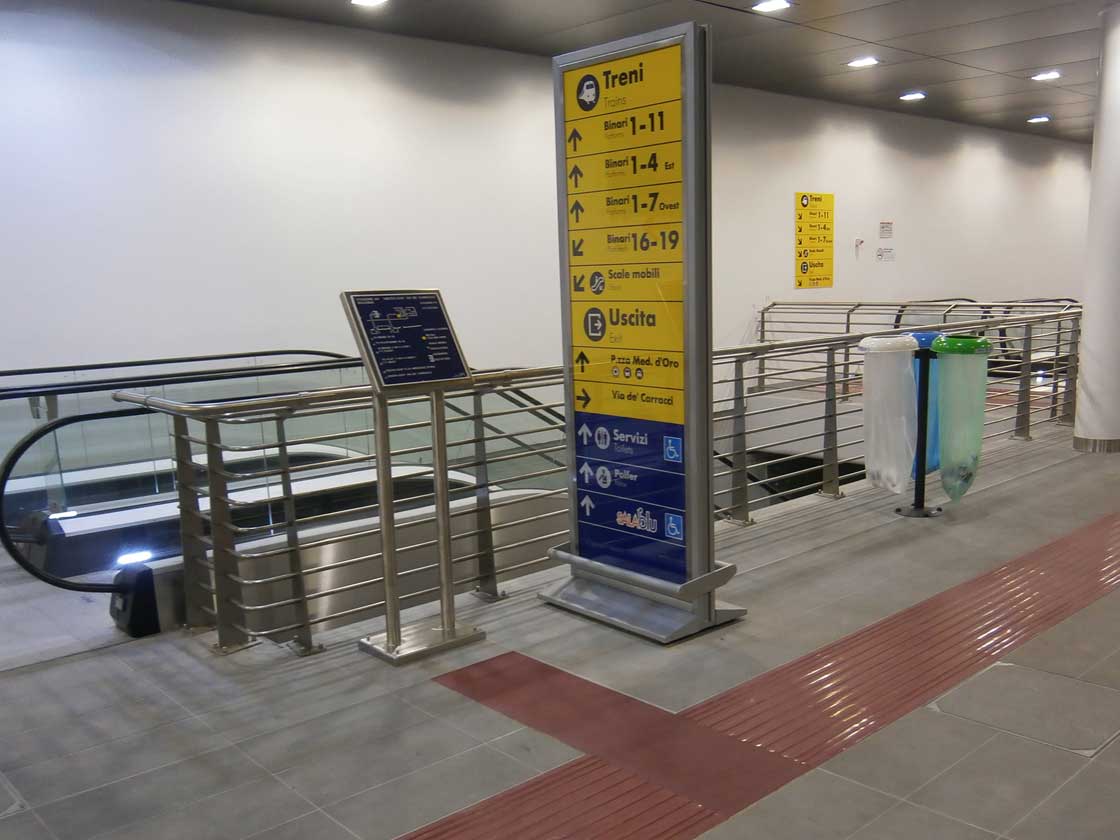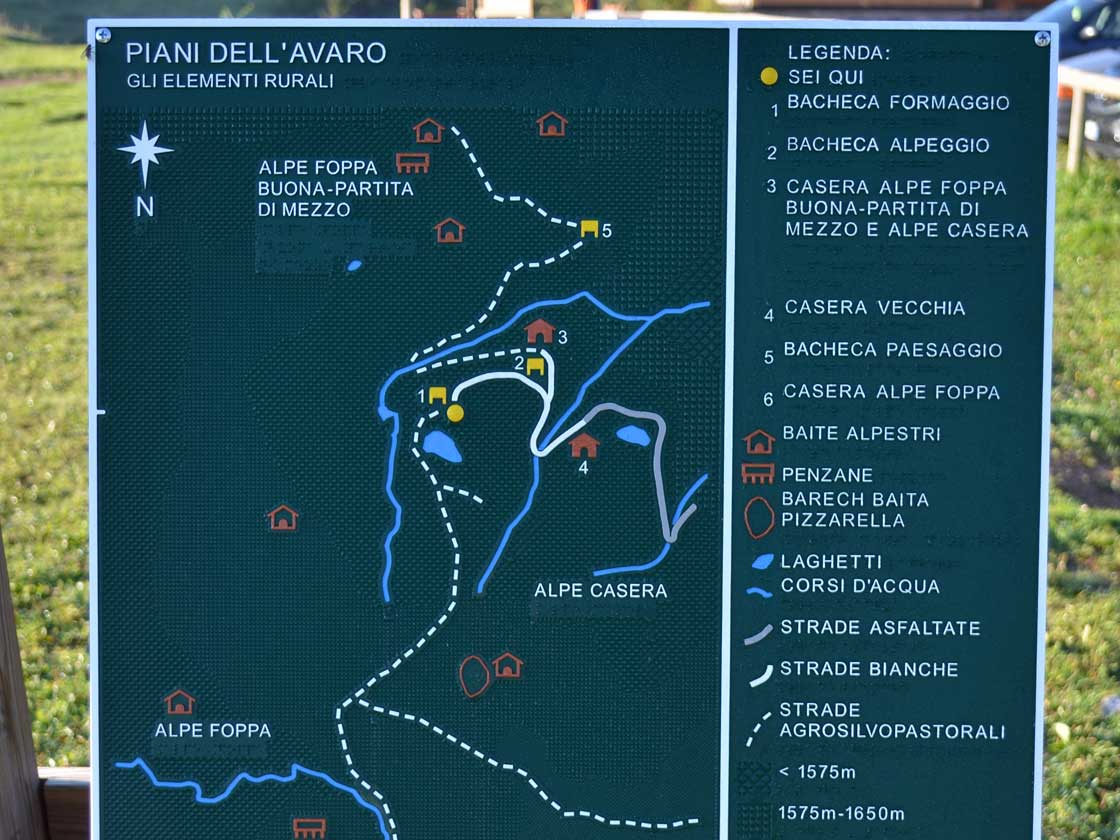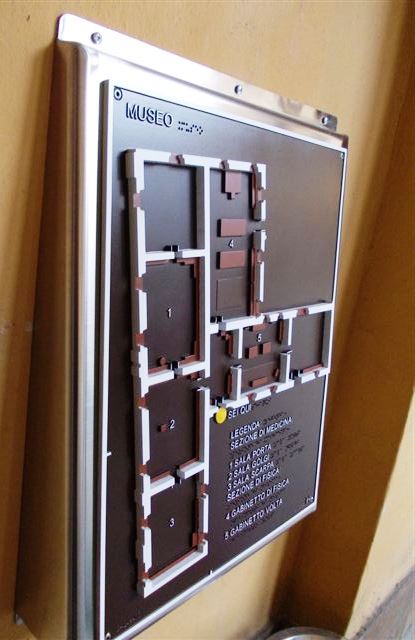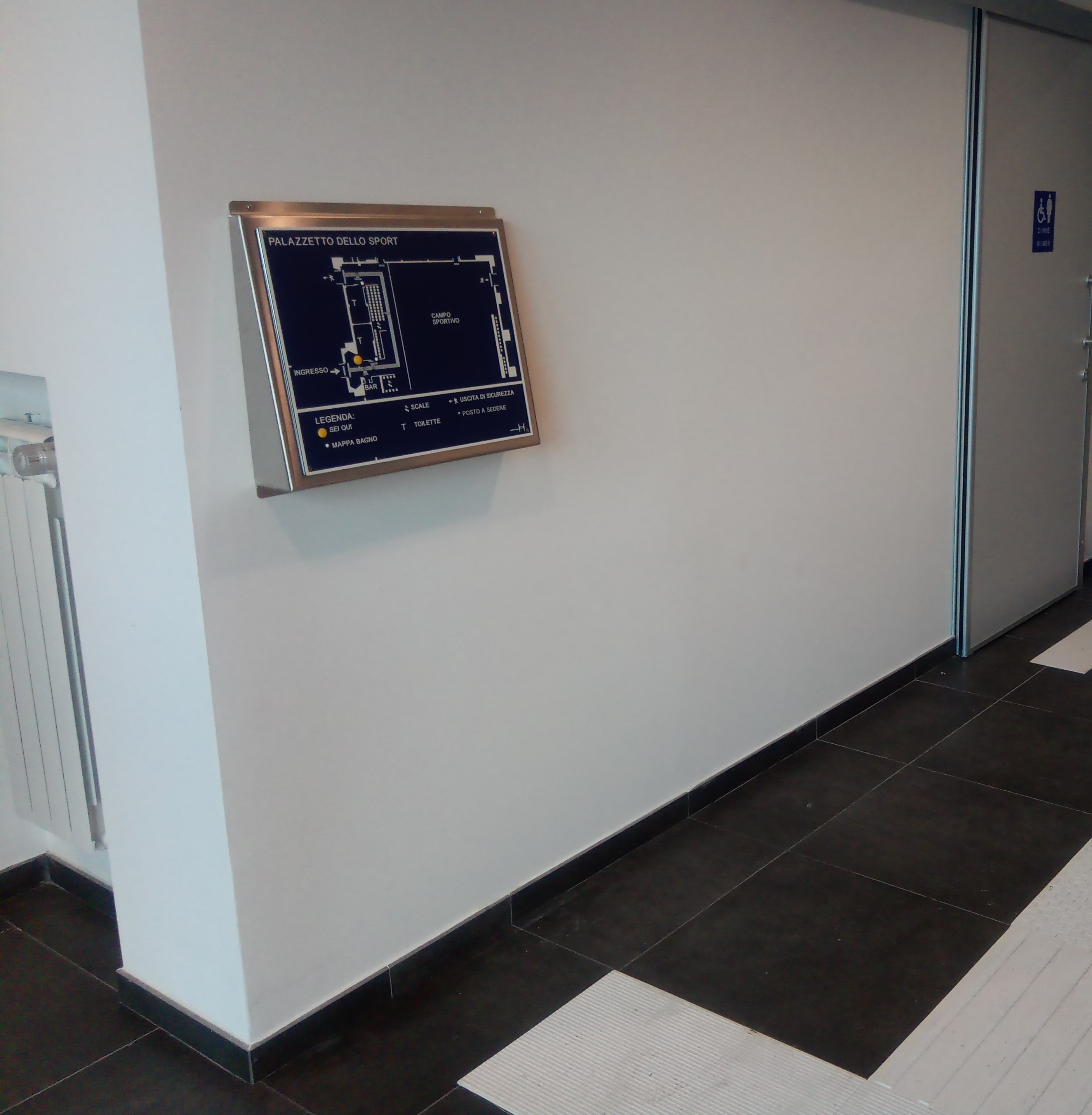The simplest way of representing space and the main information it contains is to project it onto a plane.
Happy Vision has patented a tactile map in relief (European Patent Nr. 1283512) that can be easily understood by anyone.
The tactile map is a simple and realistic scale depiction of an area that can be used for orienting by everyone. The map, for correct use, has to be positioned in the entrance of the environment that it wants to represent and shows in relief the plan view.
The map shows the main useful points of reference for users (for example the information desk, the various desk services, the waiting area, stairs and elevators, the restroom, the emergency exits, etc.) and the modular tactile ground floor pathway that is normally accompanied by the map and that enables the person with a visual impairment to be accompanied as far as the chosen service.
A map can be made of different materials as long as they enable a sufficient accurate machining so that the raised information is perfectly readable for visually impaired people exploring the map with their hands. Happy Vision preferably uses aluminum but excellent results can also be obtained using acrylic materials.
The strong color contrast also ensures maximum ease of reading for the partially sighted who use their residual vision to read the maps.
Mobility or information maps.
It is a mobility map when it is large-scale and provides detailed information, including tactile ground floor pathways. It is then used by the visually impaired to move around independently and safely. These maps are used in train stations, subways, airports, bus stops, hospitals, schools, at the entrances to parks or museums.
One very special type of mobility map is the climbing map. Also in this case the map enables people to move around independently and safely, but in very special settings, such as a climbing wall, instead of tactile ground pathways for walking, there are raised tactile climbing pathways.
Public toilet maps are one of the most essential way-finding tools because they tell the visual impaired person where the restrooms are located so as to ensure that they can use them easily and safely.
An informative map provides general information about larger areas that is useful for providing a general framework for cognitive purposes. This is the case of the informative map built in Genoa at the Museum of the Sea or on the Castelletto esplanade, where the map represents the gulf and the main monuments of the city.
The maps are mounted on a lectern, which is a tilted support, to make it easier for the blind person to read the map with his or her hands. The map must also be placed at a height that enables the blind person to read it with his or her hands and the partially sighted person to read it from a close distance.
The lectern can be on the floor or wall, depending on the size of the map and the environmental conditions.
As the tactile map is an aid for the visually impaired, the lectern housing must not be a danger: it must not have sharp edges and it must be placed in a position where it is not an obstacle and it must not become an architectural barrier. Also the lectern must be made of a suitable material: Happy Vision favors stainless steel, which is elegant in all contexts, weatherproof and durable.
Tactile maps







